best video game station design
The Most Beautiful Consoles of All Time
A brief history of wonderful industrial design
![]()
T he recent reveal of the PlayStation 5's design has divided the gaming world. There are those who appreciate its bold, daring industrial design and those who would have preferred something a little less outlandish; perhaps a little more traditional.
Over the years, console design has differed greatly. Various shapes, colors, and sizes have been utilized. Some machines have been far more conservative and utilitarian in nature, while others have been bold design statements. Given that we're all now discussing console design again thanks to the latest generation of machines, I thought I'd go back to look at my favorite console designs from the past.
In building this list, I've kept things simple. Modifications, covers, and limited editions are excluded. I have considered major revisions to the existing design though (for example, the Xbox One S). Let's take a closer look.
Dreamcast — 1998
Ah, the fateful Dreamcast. It is perhaps the most notable flop in console history. That notoriety exists largely because the machine is so revered by fans around the world. It's a console of many firsts, and it's a fitting send-off for Sega as a console manufacturer.
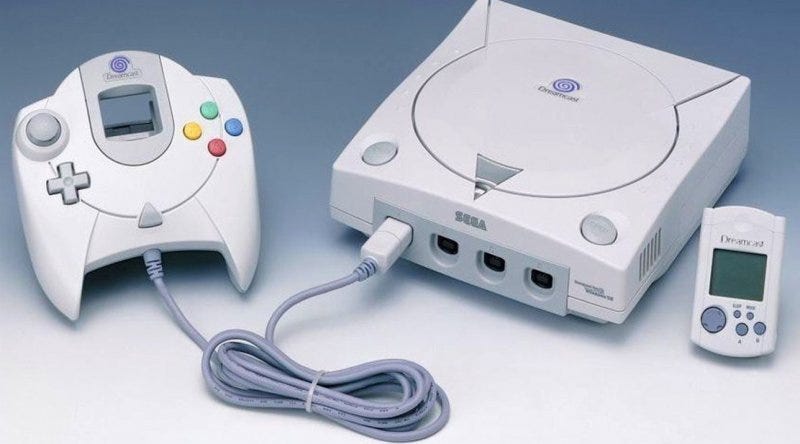
The console world was very different in the late '90s. Most manufacturers tried to convey the idea of extreme power with their hardware designs. These things were often meant to look high-tech and gutsy. But Sega completely threw that idea out the window with the Dreamcast.
The Dreamcast was boldly different, in part thanks to its stark white finish. A mixture of straight lines, sharp folds, and rounded edges almost evokes origami. If not aggressive, Dreamcast was certainly sophisticated. And it definitely looked futuristic, owing to the fact that it was markedly different from its contemporaries.
It's fitting that the Dreamcast had an eye toward the future in terms of its physical design language. It was, after all, the first mainstream console to ship with a 56K modem included. Online gaming for consoles was in its infancy at this time — becoming popularised largely thanks to the original Xbox — but the Dreamcast certainly opened the door to the future. That can never be taken away from it.
Xbox One S — 2016
The original Xbox One design always reminded me of an old VHS cassette deck that routinely accompanied our consoles in entertainment units throughout the '80s and '90s.
Released in 2016, the updated Xbox One design — known as the Xbox One S — was one hell of a sleek product. It was around 40% smaller than the original box, finished with an elegant matte white paintjob, and it featured striking black accents on both the console and controller.
It remains a stunning piece of industrial design; it clearly informed the look of the new Xbox Series S, as well. I think it's still one of the most beautiful consoles you can possibly have in your living room.
GameCube — 2001
In some respects, the GameCube bucked the trend just like the Dreamcast had done a couple of years prior. Launched in 2001, the GameCube was completely different, not just to anything Nintendo had produced before, but the industry as a whole.
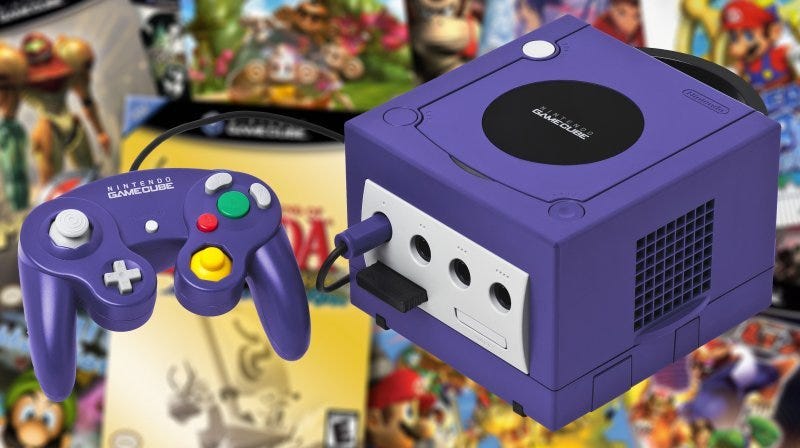
Nintendo were signalling — years in advance — the direction they ultimately went with the Wii. That is to say, they were shooting for something that didn't look like a traditional console. It wasn't an intimidating piece of tech; it was friendly. While the GameCube packed some serious hardware inside its playful indigo exterior, the industrial design was all about creating something approachable for a wide range of players.
The console was physically small, and contained a prominent handle on the rear. While not exactly portable per se, Nintendo clearly hoped that the GameCube wouldn't simply remain relegated to entertainment units. Here was a little cube you could move around the house, or take with you to a friend's place.
We could write an entire article on the controller design, too. While not as radically different as the Wii Remote, the GameCube controller can certainly be considered a precursor to the Wii Remote — Nintendo were designing something that they hoped would make video games more approachable by reducing the complexity of the interface. Even to this day, the GameCube controller is widely praised for its intuitive and ergonomic design.
PlayStation 4 — 2013
One of the more recent releases on the list, the PlayStation 4 has become an iconic piece of hardware. The industrial design of the machine — whether in its original form or its Pro form — has remained relevant even to this day.
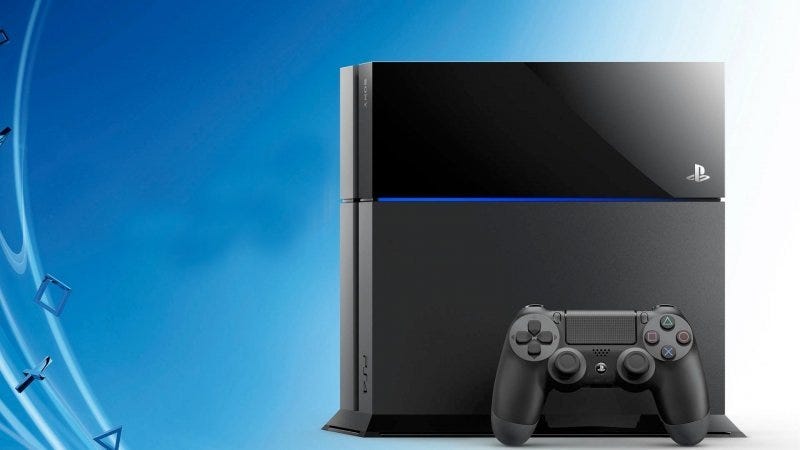
The PlayStation 4 console can best be described as elegant. And although it isn't the smallest console ever made, its clear, minimalist lines have a way of obscuring its true dimensions. It's a lovely object to behold, in both vertical and horizontal configurations.
We'll miss it.
PlayStation Portable Go — 2009
The PSP Go is the only portable/handheld console on this list.
I always felt that the original PSP was a fascinating design, but the Go edition that launched a few years later impressed me most from an aesthetic point of view.
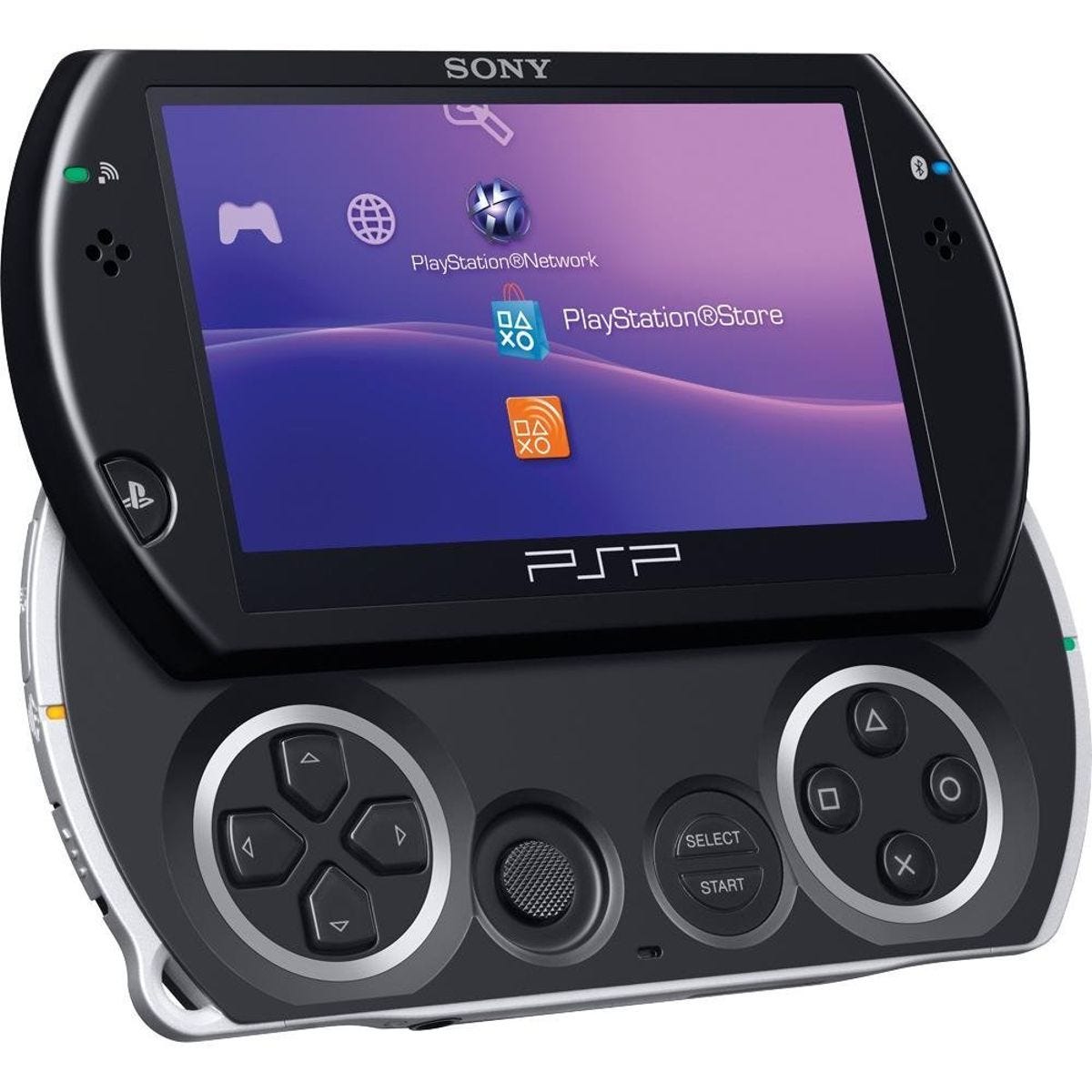
Thanks to the retirement of the UMD format, Sony was able to break with the previous system's form factor, creating an even more stylish version. The overall shape may have been similar, but the super cool sliding design is still awesome to this day.
Atari 2600 — 1977
There was a time, believe it or not, when the televisions that occupied our living rooms didn't involve massive ultra-flat, high-resolution displays. No, our rooms were warmed by the comforting glow of the humble cathode ray tube. Comforting as it may have been, it certainly meant old CRT screens tended to be rather hefty.
Not only were older TVs pretty big, but they were often came in a wide range of designs that routinely featured materials other than black plastic. In fact, many TV sets — including some of the most premium designs — were lovingly panelled in wood.

It will come as no surprise, then, that the legendary Atari 2600's industrial design is such a strong product of its era. It might look gloriously vintage today, but in its time, it was a cutting-edge piece of tech. The sharp lines, the black plastic grille effect, and the minimal-but-sophisticated wooden panel at the front were all indications of an ultra-modern (but premium) machine.
Wii — 2006
As mentioned above, the Wii is perhaps the ultimate statement of Nintendo's desire to produce a truly "mass market" game console. With the Wii, Nintendo went even further than they'd done with the GameCube.
While Microsoft and Sony fought each other at the high-end of the market with ultra-powerful machines, Nintendo quietly went in a different direction. The Wii was barely more powerful than the GameCube, but it was clear that the R&D had gone almost entirely into building a new and more intuitive interface (and, indeed, a radically smaller and more power-efficient form factor).
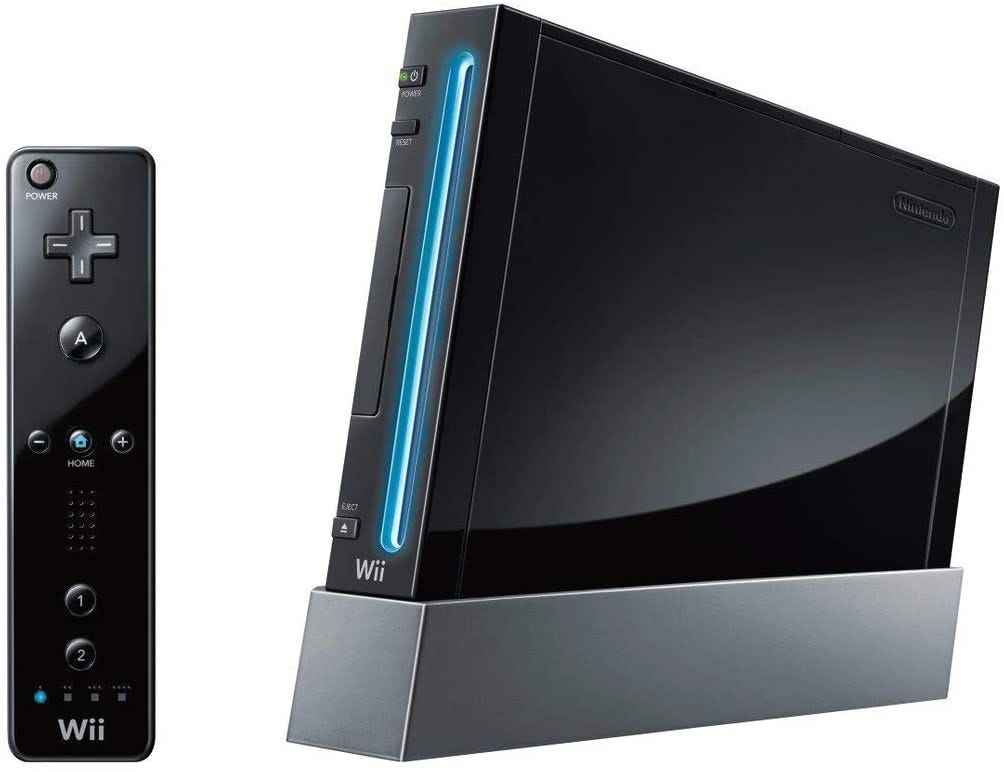
The industrial design approach was also definitely more on the sophisticated end. Far from trying to convey massive horsepower with the design, Nintendo went for a product that looked smart and stylish. It was, in some ways, quite reminiscent of Apple's approach with their hardware. In the end, Nintendo sold more than 101 million units. So whatever your views on the Wii, it certainly carved out a position was one of the most recognizable console designs in history.
Panasonic 3DO — 1993
If physical appearance alone was enough to establish a machine in the market, then the oft-forgotten 3DO might have faced very different fortunes.
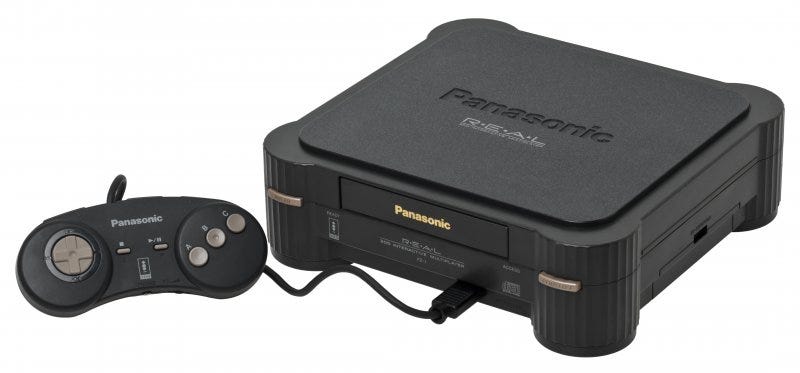
Younger gamers may not recognize the 3DO (which was an open platform and was released in the form of several different products — the most notable 3DO machines were from Panasonic and GoldStar). The Panasonic version is pictured here, and despite its age, it remains a handsome machine.
In fact, you might even say that it is vaguely ritualistic, thanks to the four pillars at each corner, which almost evoke an altar (or perhaps even the four engines of a spacecraft).
Super Nintendo — 1990
Nintendo boasts the largest number of consoles in this top ten, thanks to its three nominations. I simply couldn't ignore the classic Super Nintendo.
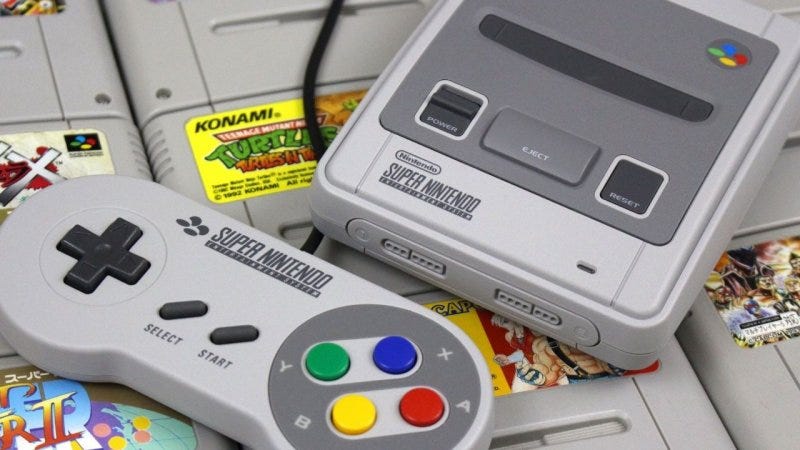
I should clarify here that I'm not referring to the awkward-looking North American version of the machine. No, I'm talking about the Japanese/European/Australian version, pictured above.
The Super Nintendo is an important console for many reasons, but its industrial design is superb and still looks gorgeous today. Its two-tone coloring with RGBY accents and its elegant — and still modern — lines are truly a sight to behold.
Conclusion
That's it for my top ten most beautiful game consoles of all time. Are there any you think I missed?
Thanks for reading!
best video game station design
Source: https://superjumpmagazine.com/the-most-beautiful-consoles-of-all-time-556900c9cbca
Posted by: mantoothtionce.blogspot.com

0 Response to "best video game station design"
Post a Comment